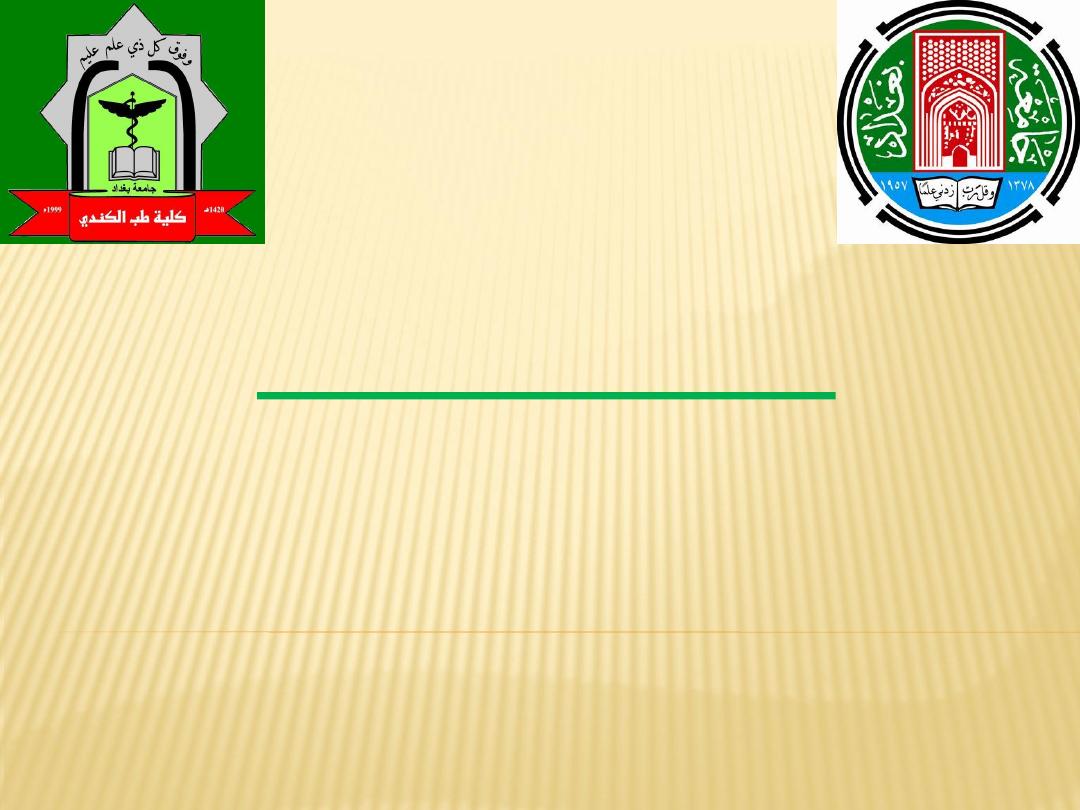
6
Lecture
Cerebellum
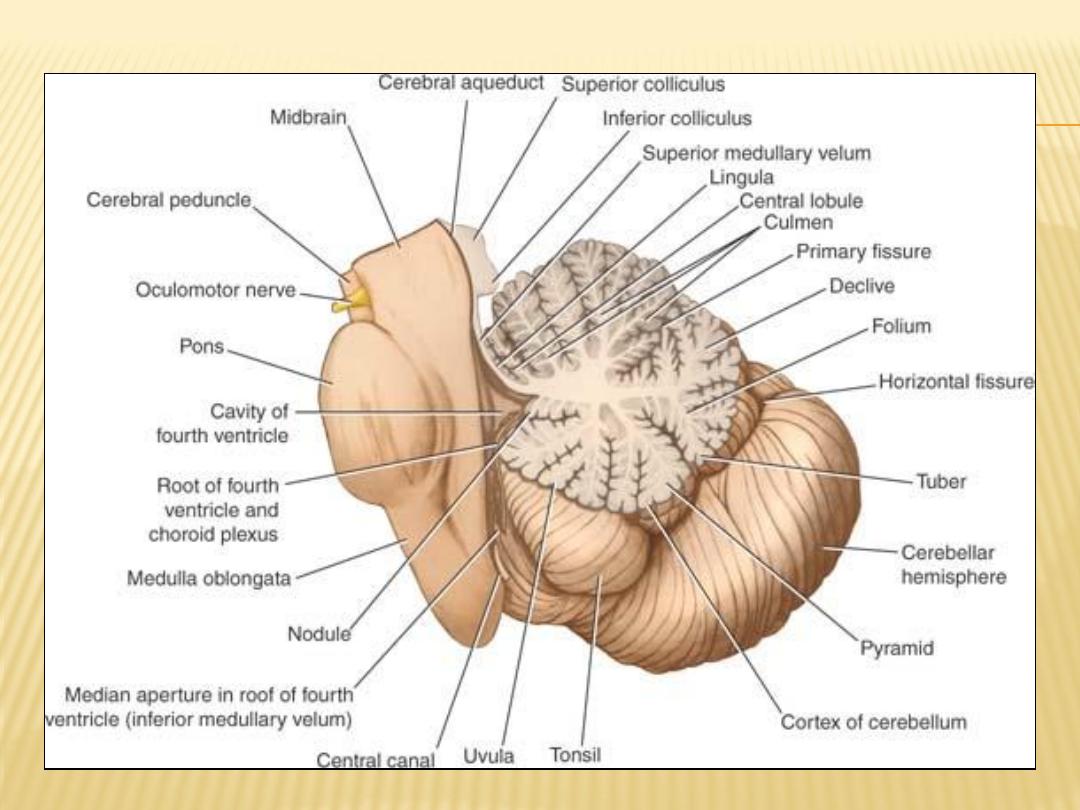
Cerebellum
Sagittal section through the brainstem and the vermis of the cerebellum
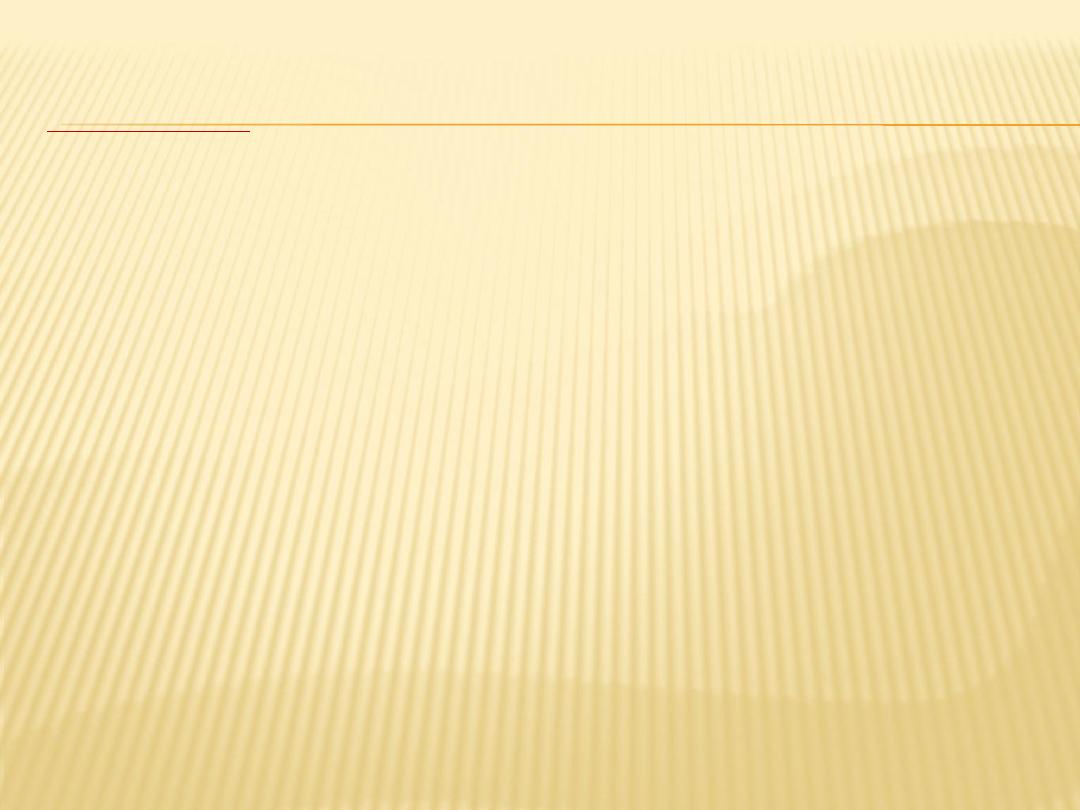
and is covered
fossa
is situated in the posterior cranial
The cerebellum
superiorly by the
tentorium cerebelli
It is the largest part of the hindbrain and lies posterior to the fourth ventricle,
the pons, and the medulla oblongata
Cerebellum consist of three parts
:
Two cerebellar hemispheres and the vermis
cerebellar hemispheres joined by a narrow median vermis
Vermis subdivided into three parts: (from anterior to posterior) nodule, uvula
and the pyramid
The cerebellum is connected to the posterior aspect of the brainstem by three
symmetrical bundles of nerve fibers called the
superior, middle, and inferior
cerebellar peduncles
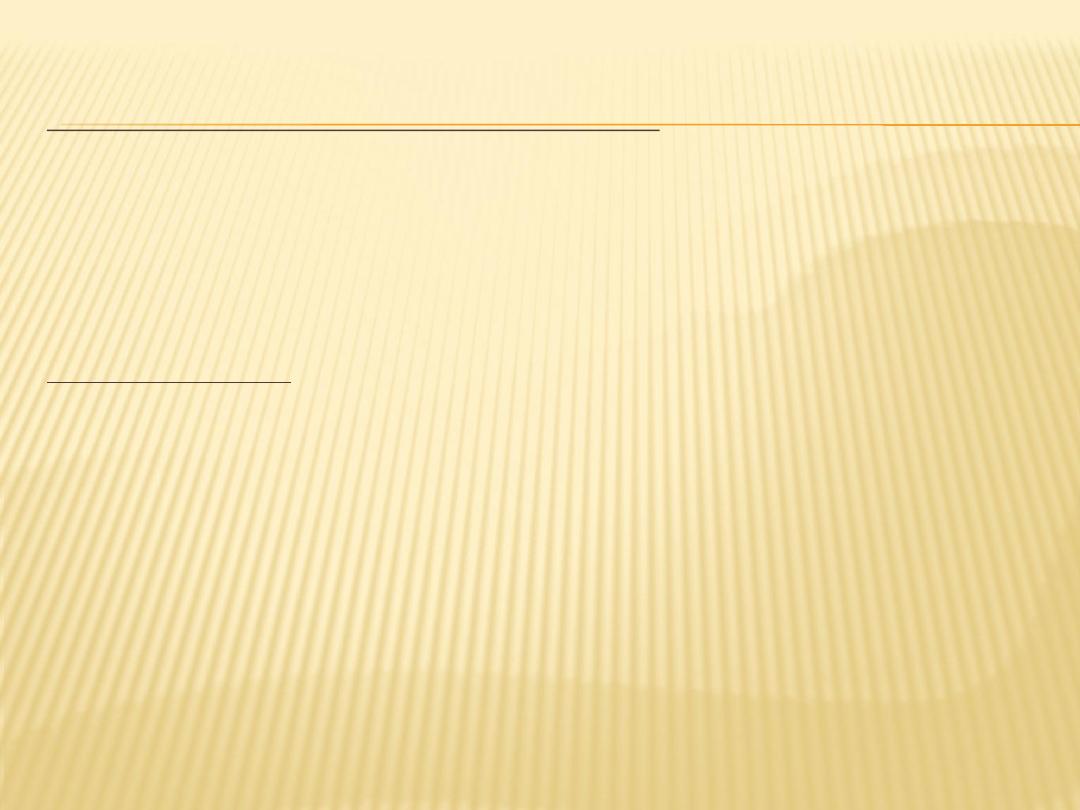
The cerebellum is divided into three main lobes:
the
anterior
lobe
middle
lobe (posterior lobe): is the largest part of the cerebellum, is situated
between the primary and uvulonodular fissures
flocculonodular
lobe: is situated posterior to the uvulonodular fissure
Three main fissure:
primary fissure:
wide V-shaped fissure separate the anterior lobe from the
middle lobe
Horizontal fissure:
separate the superior from the inferior surface at the level of
middle cerebellar peduncles
Uvulonodular fissure (posterolateral) :
separate the
The flocculonodular lobe
from other lobes
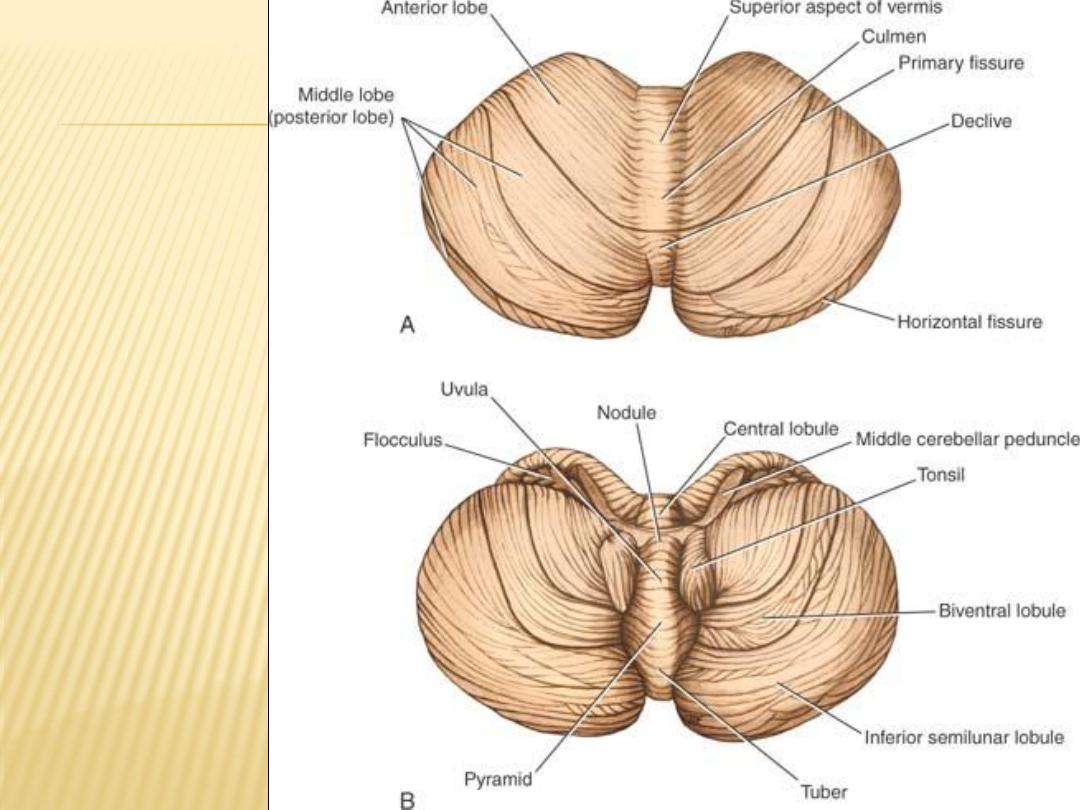
The
cerebellum.
A: Superior
view.
B: Inferior view
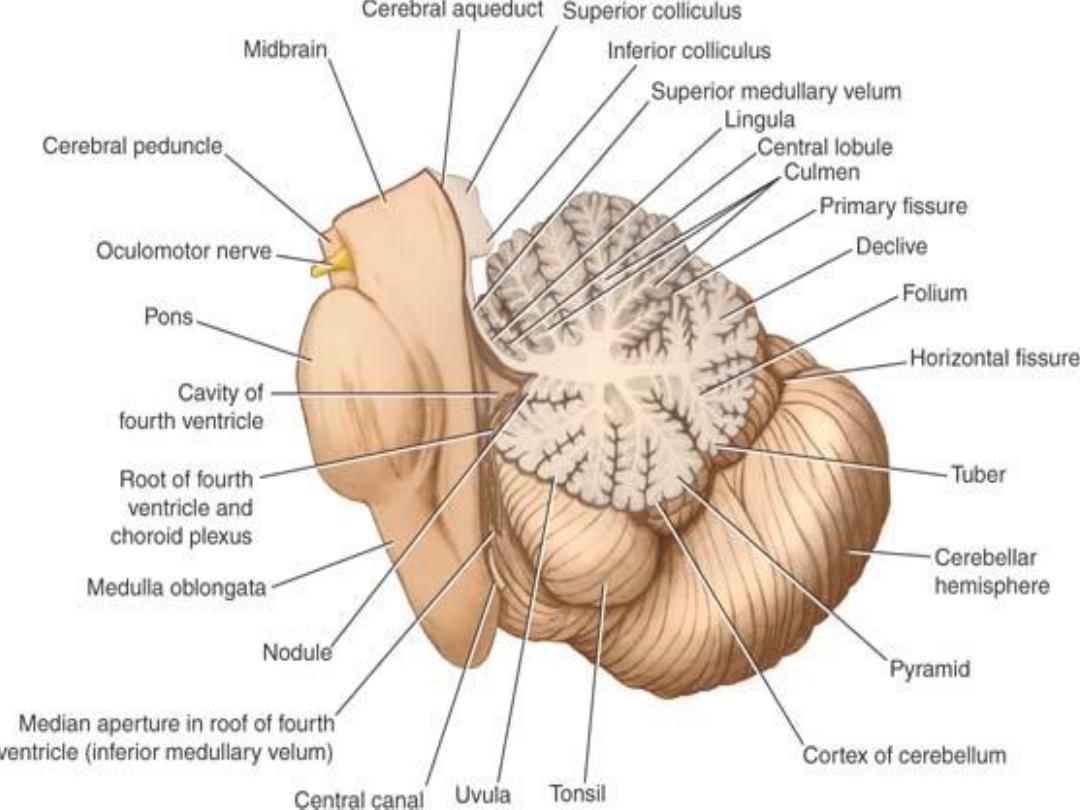
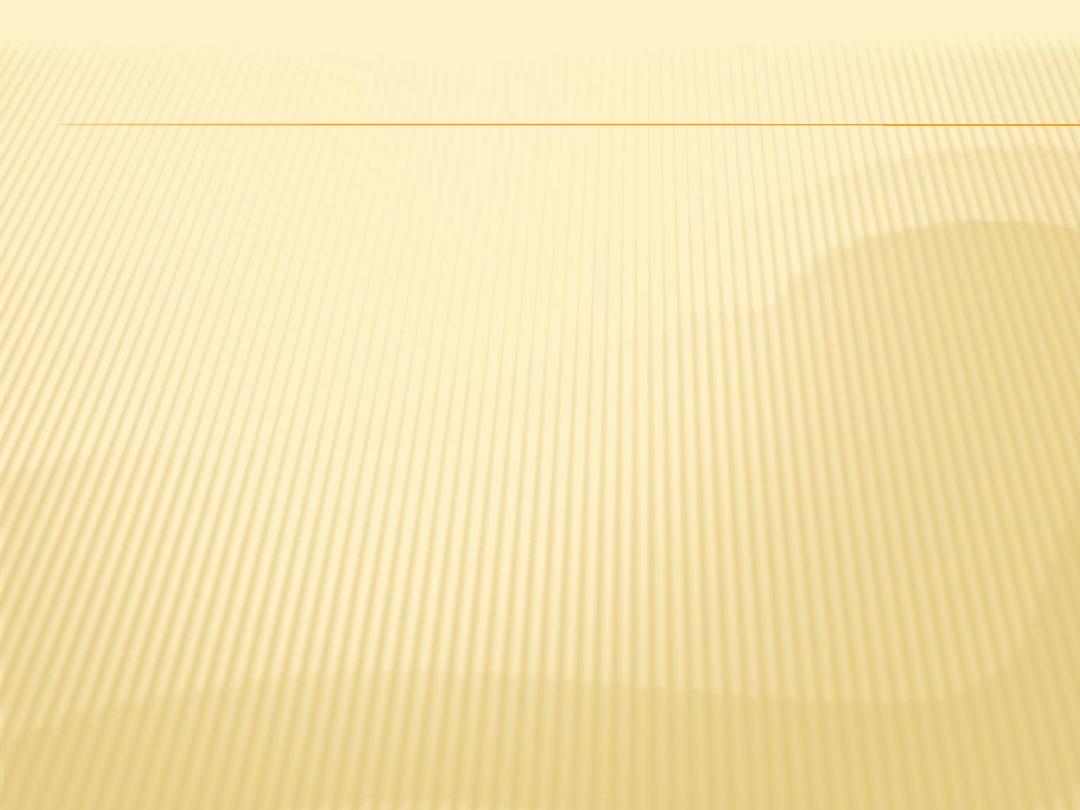
Structure of the Cerebellum
The cerebellum is composed of an outer covering of gray matter called the
cortex and inner white matter. Embedded in the white matter of each
hemisphere are masses of gray matter forming the intracerebellar nuclei
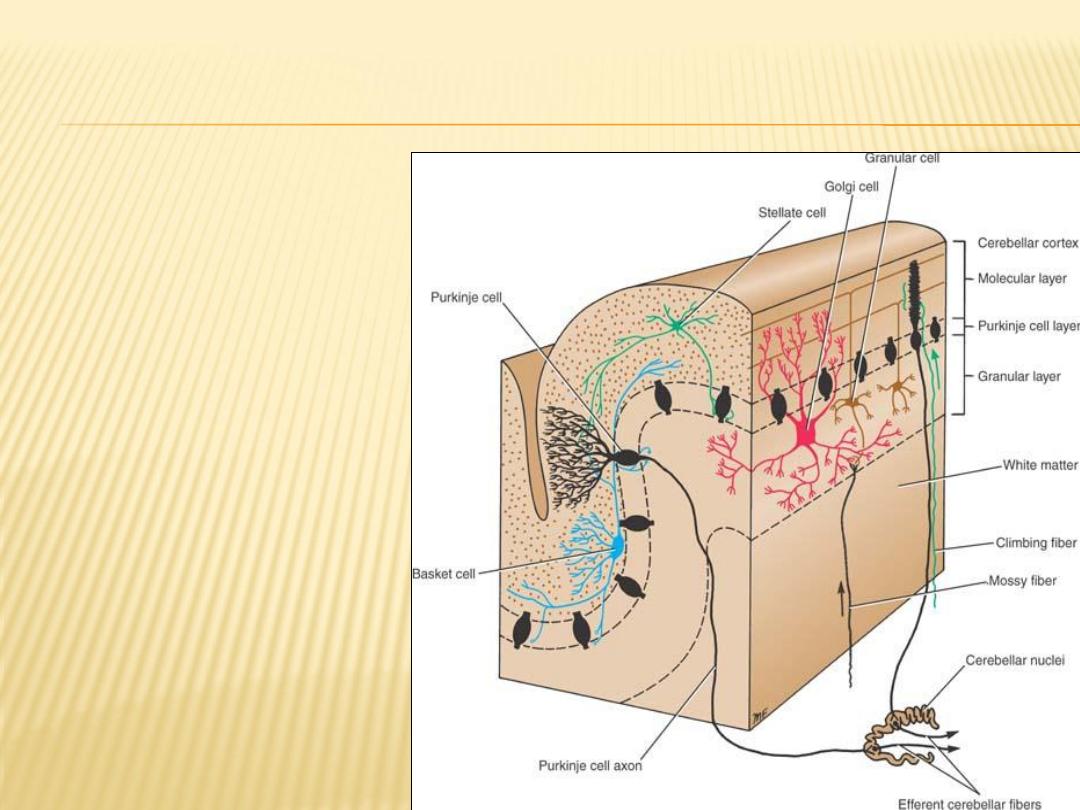
Structure of the Cerebellar Cortex
The gray matter of the cortex throughout its extent has a uniform
structure. It may be divided into three layers
1) Molecular Layer
contains two types of neurons:
the outer stellate cell and
the inner basket cell
2) Purkinje Cell Layer
are large Golgi type I neurons,
They are flask shaped and
are arranged in a single
layer
3) Granular Layer
is packed with small cells with
densely staining nuclei and
scanty cytoplasm
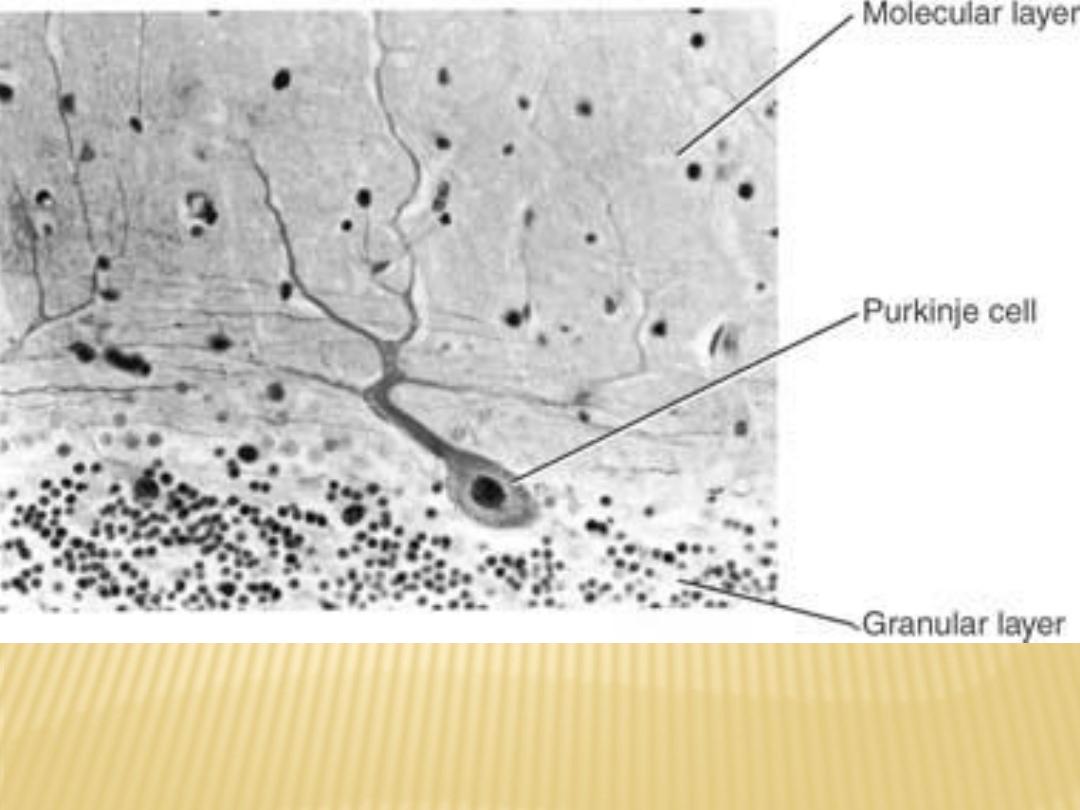
Photomicrograph of a cross section of a cerebellar folium,
showing the three layers of the cerebellar cortex
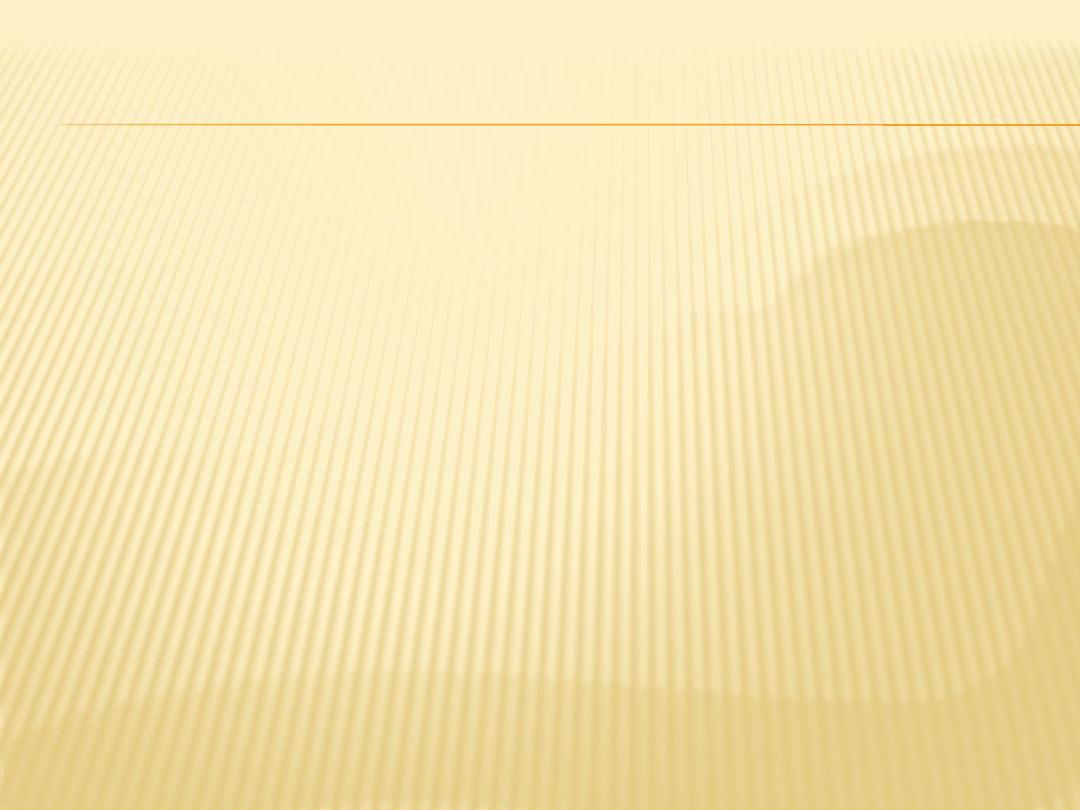
Intracerebellar Nuclei
Four masses of gray matter are embedded in the white matter of the
cerebellum on each side of the midline From lateral to medial, these nuclei
are the dentate, the emboliform, the globose, and the fastigial
The dentate nucleus
is the largest of the cerebellar nuclei. It has the shape of a crumpled bag with
the opening facing medially. The interior of the bag is filled with white matter
made up of efferent fibers that leave the nucleus through the opening to form
a large part of the superior cerebellar peduncle
The emboliform nucleus
is ovoid and is situated medial to the dentate nucleus, partially covering its hilus
The globose nucleus
consists of one or more rounded cell groups that lie medial to the emboliform
nucleus
The fastigial nucleus
lies near the midline in the vermis and close to the roof of the fourth ventricle; it
is larger than the globose nucleus
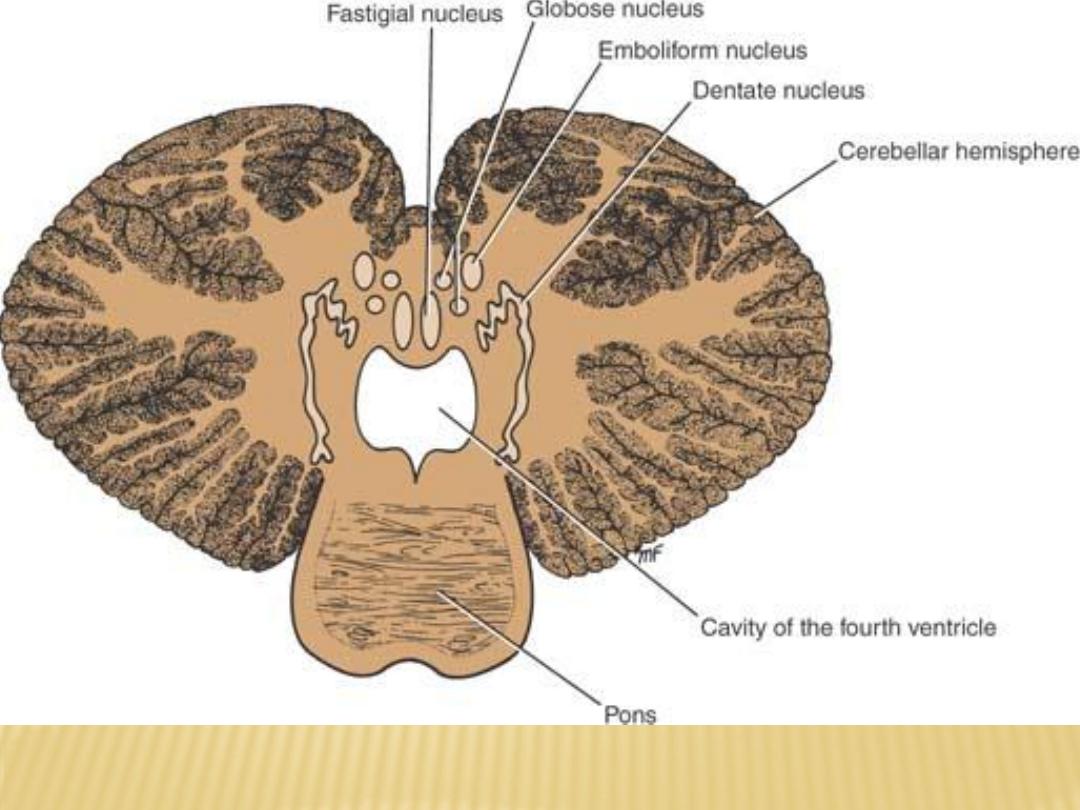
Position of the intracerebellar nuclei
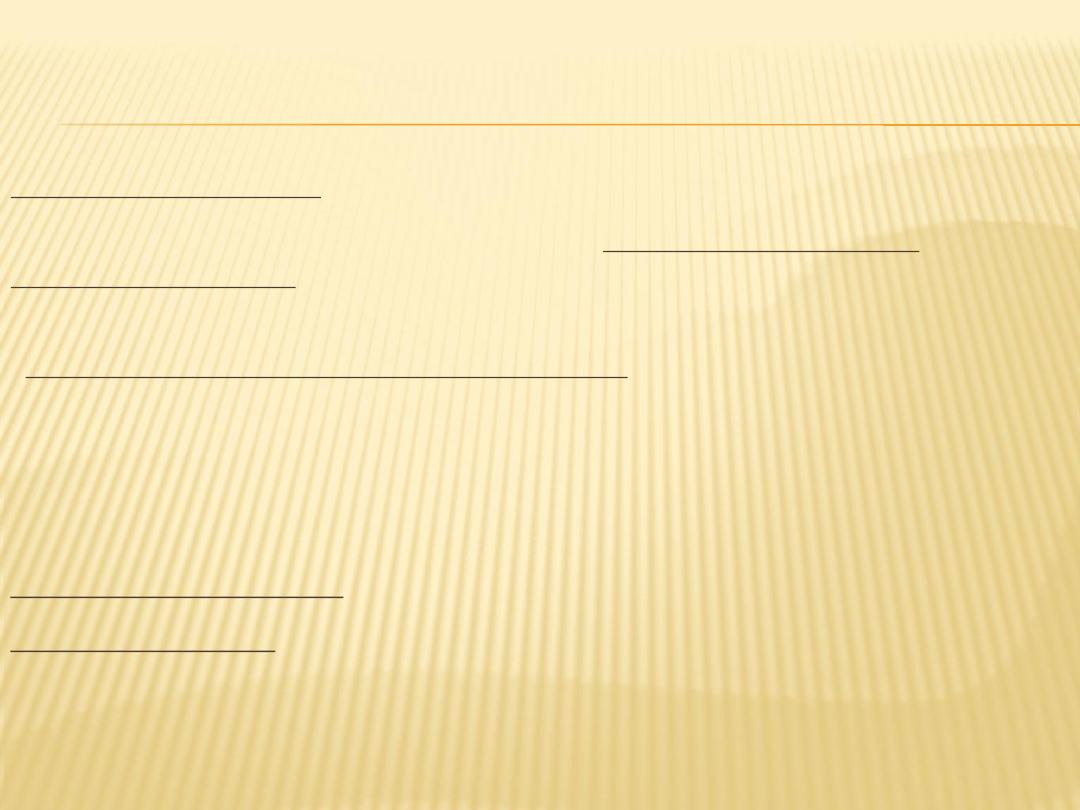
Functional Areas of the Cerebellar Cortex
it is possible to divide up the cerebellar cortex into three functional areas
-
influences the movements of the long axis of the body
vermis
The cortex of the
-
intermediate zone of the
called
-
is a so
vermis
Immediately lateral to the
This area has been shown to control the muscles of the
.
hemisphere
cerebellar
distal parts of the limbs
appears to be concerned with the
hemisphere
cerebellar
The lateral zone of each
-
planning of sequential movements of the entire body and is involved with the
conscious assessment of movement errors
Another discreption for the functions of the cerebellum
:
responsible mainly for muscle tone and coordination
Anterior and middle lobes
Responsible of equilibrium (connected to the vestibular
lobe
Flocculonodular
nucleus within the medulla oblongata)
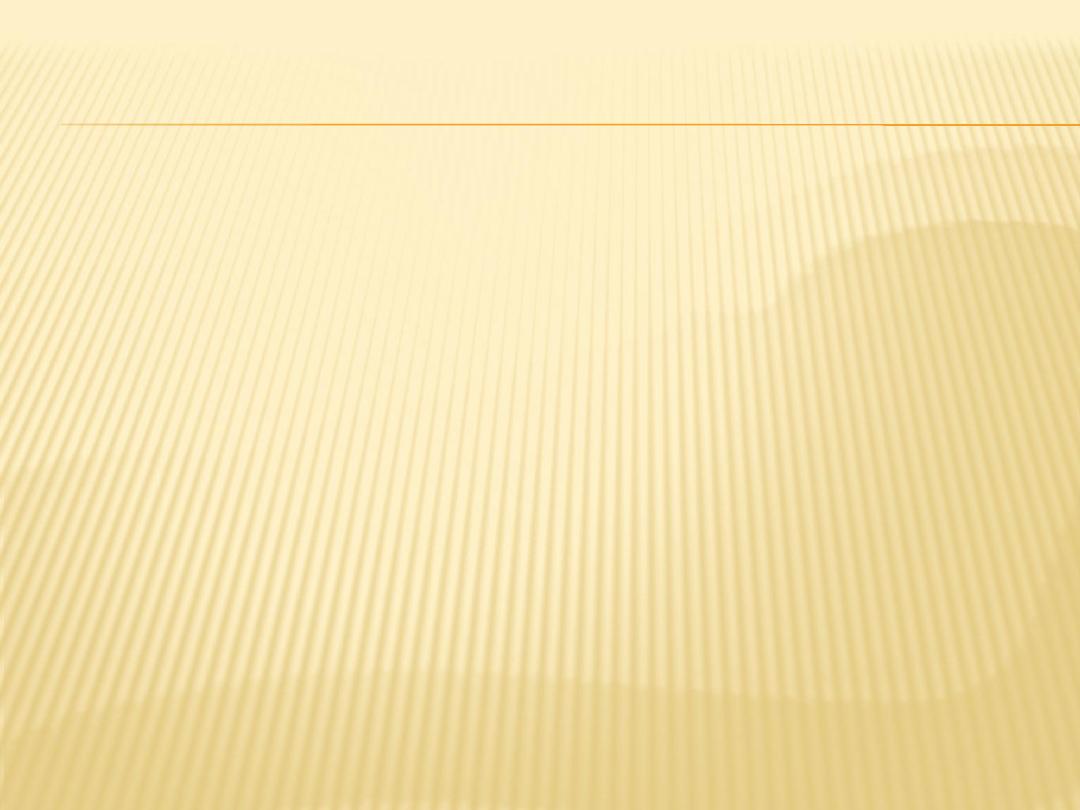
White Matter
-
There is a small amount of white matter in the vermis;
-
it closely resembles the trunk and branches of a tree and thus is termed the
arbor vitae
-
- There is a large amount of white matter in each cerebellar hemisphere
-
The white matter
is made up of three groups of fibers: (1)
intrinsic
, (2)
afferent
, and (3)
efferent
The intrinsic fibers
do not leave the cerebellum but connect different regions of
the organ
The afferent fibers
form the greater part of the white matter and proceed to the
cerebellar cortex. They enter the cerebellum mainly through the inferior and
middle cerebellar peduncles
The efferent fibers
constitute the output of the cerebellum and commence as
the axons of the Purkinje cells of the cerebellar cortex. The great majority of
the Purkinje cell axons pass to and synapse with the neurons of the
cerebellar nuclei (fastigial, globose, emboliform, and dentate). The axons of
the neurons then leave the cerebellum. A few Purkinje cell axons in the
flocculonodular lobe and in parts of the vermis bypass the cerebellar nuclei
and leave the cerebellum without synapsing
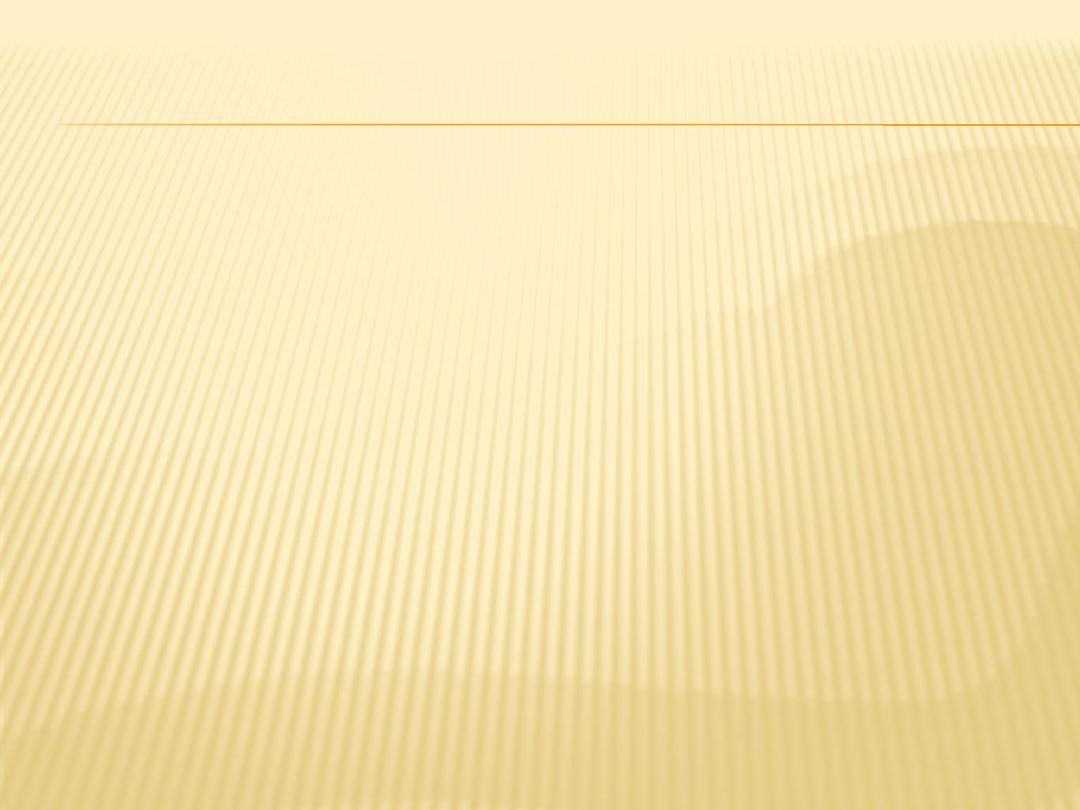
Cerebellar Peduncles
The superior cerebellar peduncles connect the cerebellum to the midbrain, the
middle cerebellar peduncles connect the cerebellum to the pons, and the
inferior cerebellar peduncles connect the cerebellum to the medulla
oblongata
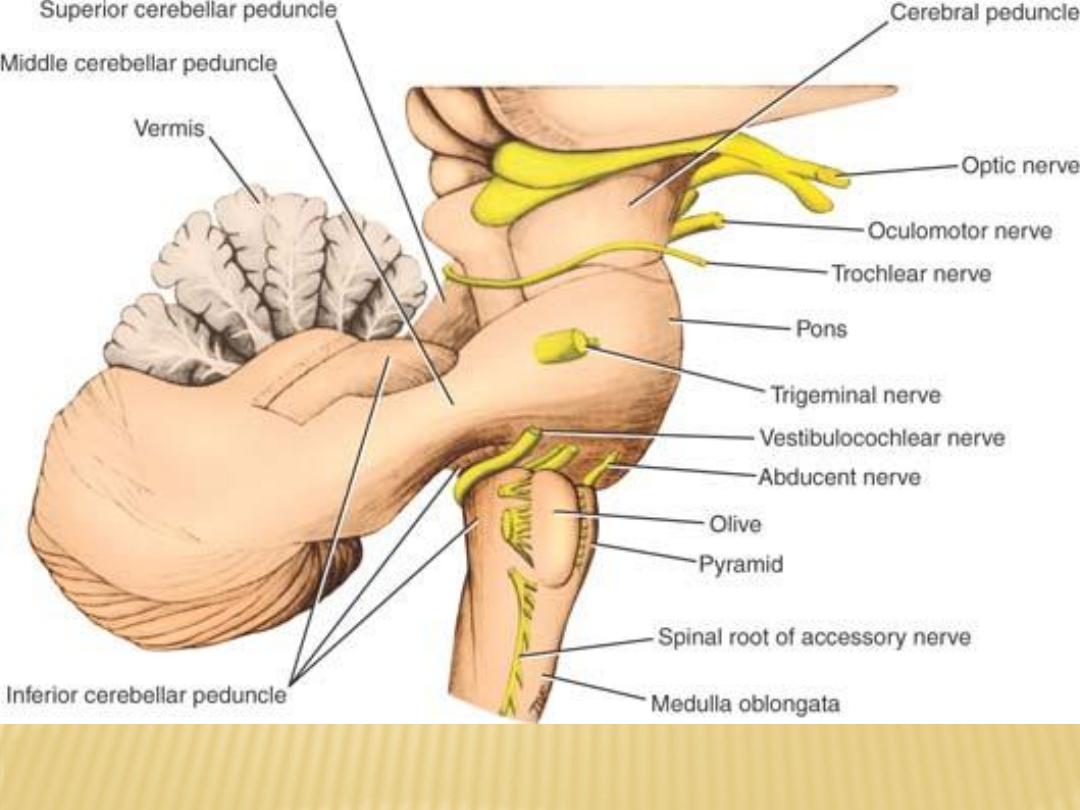
Three cerebellar peduncles connecting the cerebellum to the
rest of the central nervous system
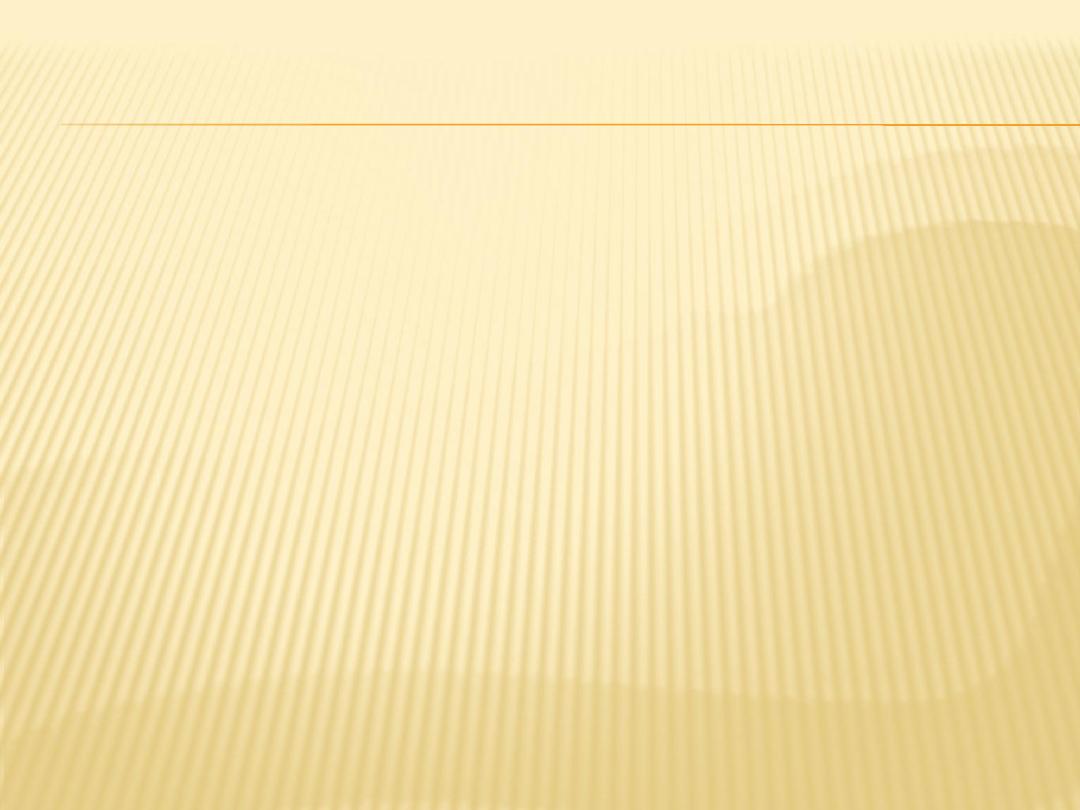
Cerebellar Afferent Fibers
Cerebellar Afferent Fibers From the Cerebral Cortex
(1)
the corticopontocerebellar pathway
(2)
the cerebro-olivocerebellar pathway
(3)
the cerebroreticulocerebellar pathway
Cerebellar Afferent Fibers From the Spinal Cord
from somatosensory receptors by three pathways
(1)
the anterior spinocerebellar tract,
(2)
the posterior spinocerebellar tract
(3)
the cuneocerebellar tract
Cerebellar Afferent Fibers From the Vestibular Nerve
The vestibular nerve receives information from the inner ear concerning motion
from the semicircular canals and position relative to gravity from the utricle
and saccule. The vestibular nerve sends many afferent fibers directly or
indirectly to the cerebellum through the inferior cerebellar peduncle on the
same side
Other Afferent Fibers
In addition, the cerebellum receives small bundles of afferent fibers from the
red nucleus and the tectum (visual and auditory reflexes)
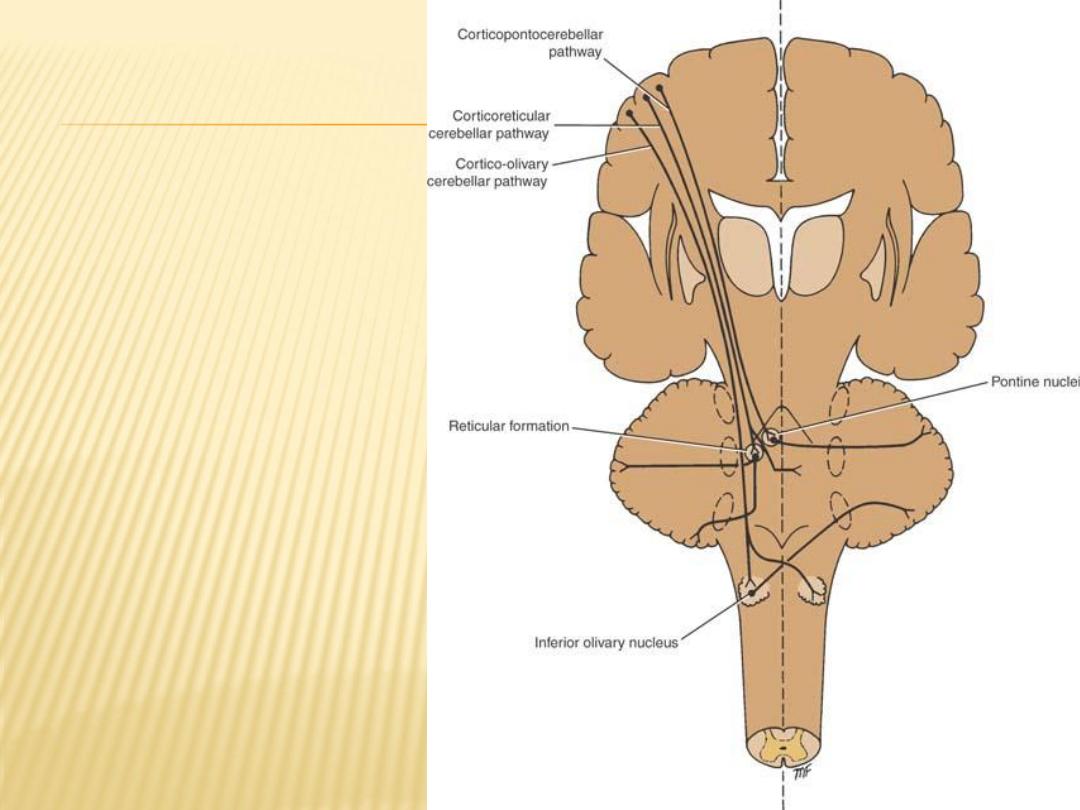
Cerebellar afferent fibers
from the cerebral
cortex. The cerebellar
peduncles are shown
as ovoid dotted
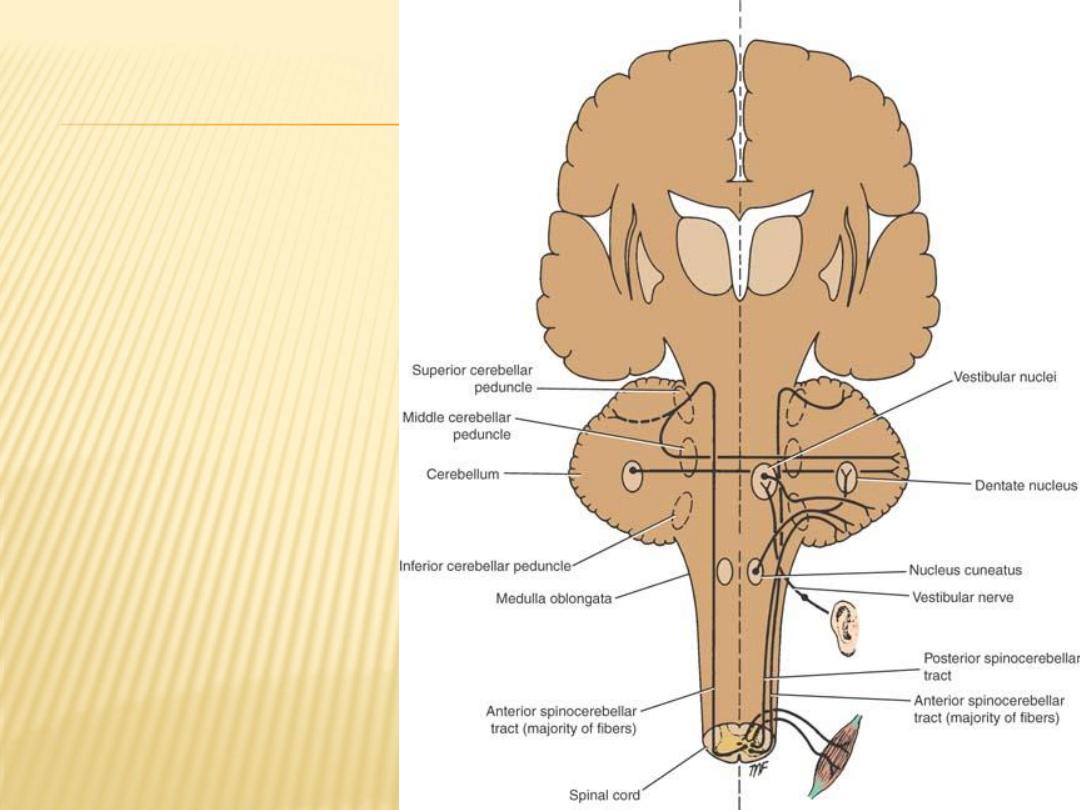
Cerebellar afferent
fibers from the
spinal cord and
internal ear. The
cerebellar
peduncles are
shown as ovoid
dotted lines
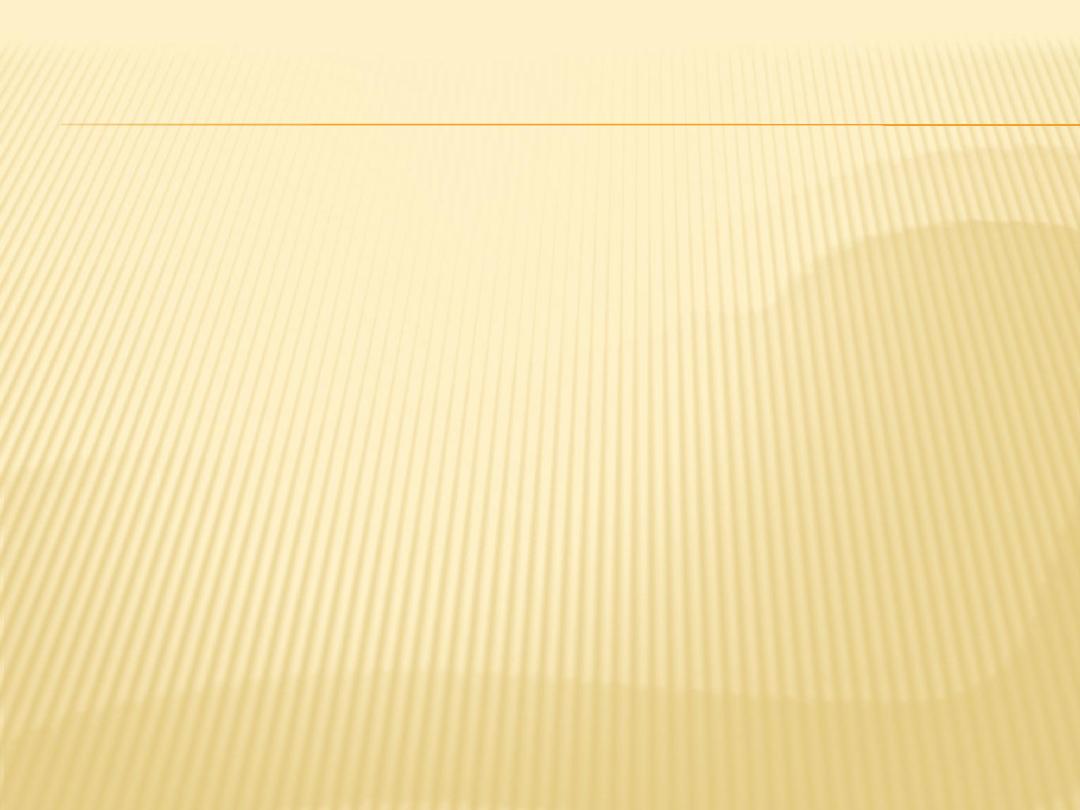
Cerebellar Efferent Fibers
(1) Globose-Emboliform-Rubral Pathway
Axons of neurons in the globose and emboliform nuclei travel through the
superior cerebellar peduncle and cross the midline to the opposite side in
the decussation of the superior cerebellar peduncles The fibers end by
synapsing with cells of the contralateral red nucleus, which give rise to
axons of the rubrospinal tract Thus, it is seen that this pathway crosses
twice, once in the decussation of the superior cerebellar peduncle and
again in the rubrospinal tract close to its origin. By this means, the globose
and emboliform nuclei influence motor activity on the same side of the
body.
(2) Dentothalamic Pathway
Axons of neurons in the dentate nucleus travel through the superior cerebellar
peduncle and cross the midline to the opposite side in the decussation of
the superior cerebellar peduncle (Fig. 6-12). The fibers end by synapsing
with cells in the contralateral ventrolateral nucleus of the thalamus
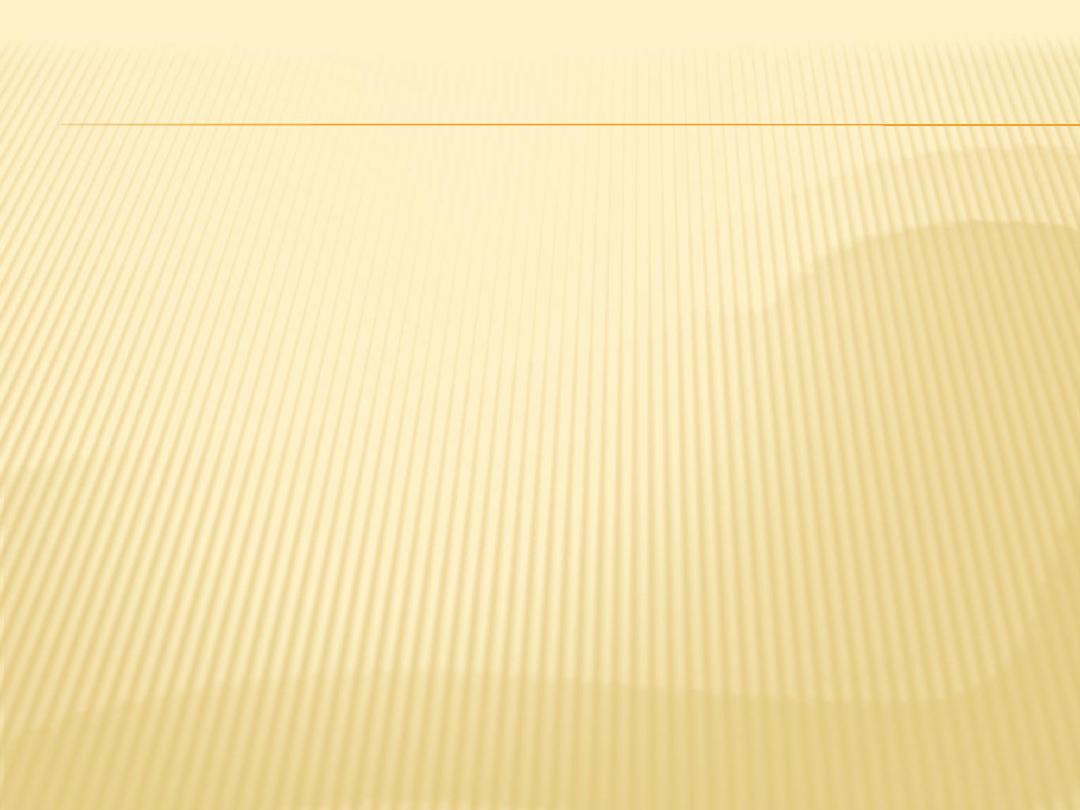
Fastigial Vestibular Pathway
The axons of neurons in the fastigial nucleus travel through the inferior
cerebellar peduncle and end by projecting on the neurons of the lateral
vestibular nucleus on both sides
Fastigial Reticular Pathway
The axons of neurons in the fastigial nucleus travel through the inferior
cerebellar peduncle and end by synapsing with neurons of the reticular
formation
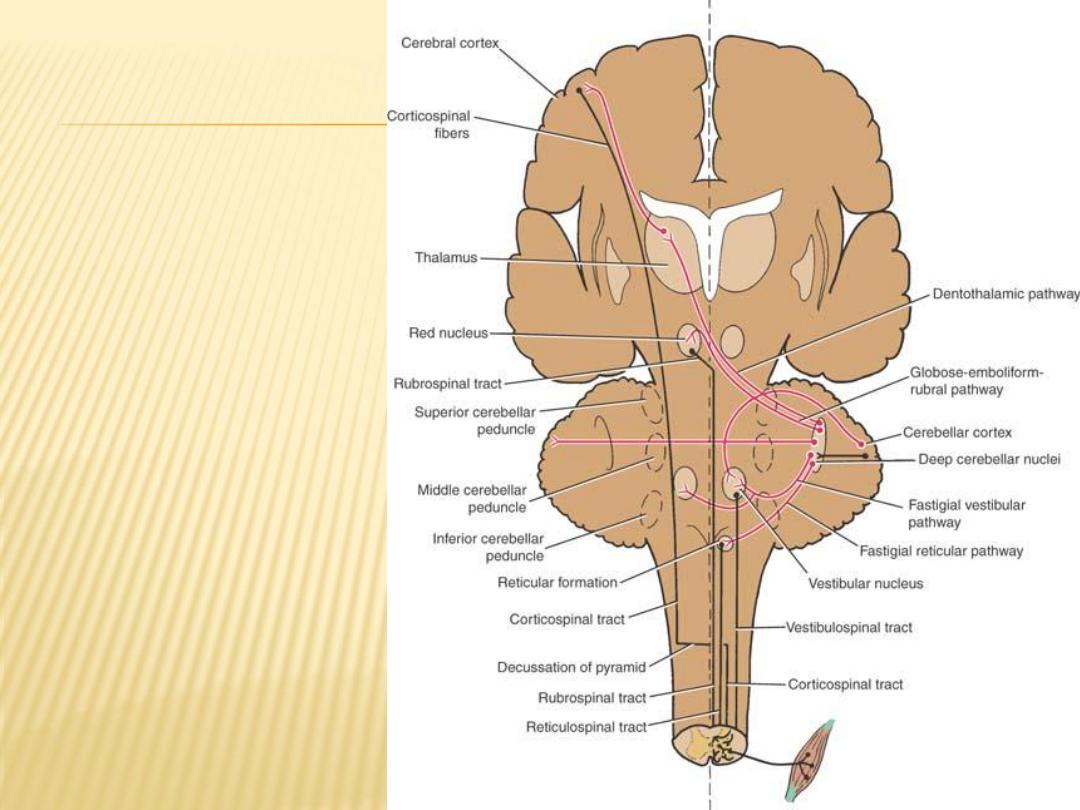
Cerebellar
efferent
fibers. The
cerebellar
peduncles are
shown as
ovoid dotted
lines
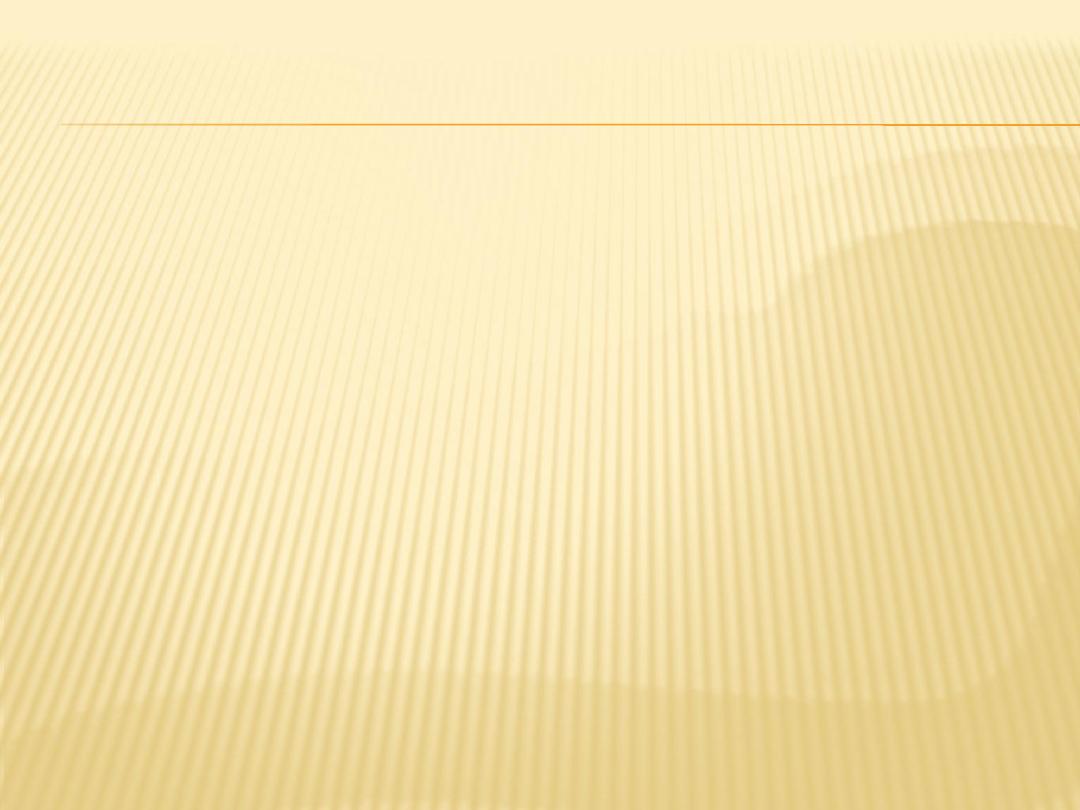
Clinical notes and function
Each cerebellar hemisphere is connected by nervous pathways principally with
the same side of the body; thus, a lesion in one cerebellar hemisphere gives
rise to signs and symptoms that are limited to the same side of the body
The essential function of the cerebellum is to coordinate, by synergistic action,
all reflex and voluntary muscular activity. Thus, it graduates and harmonizes
muscle tone and maintains normal body posture. It permits voluntary
movements, such as walking, to take place smoothly with precision and
economy of effort.
It must be understood that although the cerebellum plays an important role in
skeletal muscle activity, it is not able to initiate muscle movement
Other function is to influence the speech by influencing the tone of laryngeal
muscle, but not the initiation of speech that occur in speech center in
cerebrum
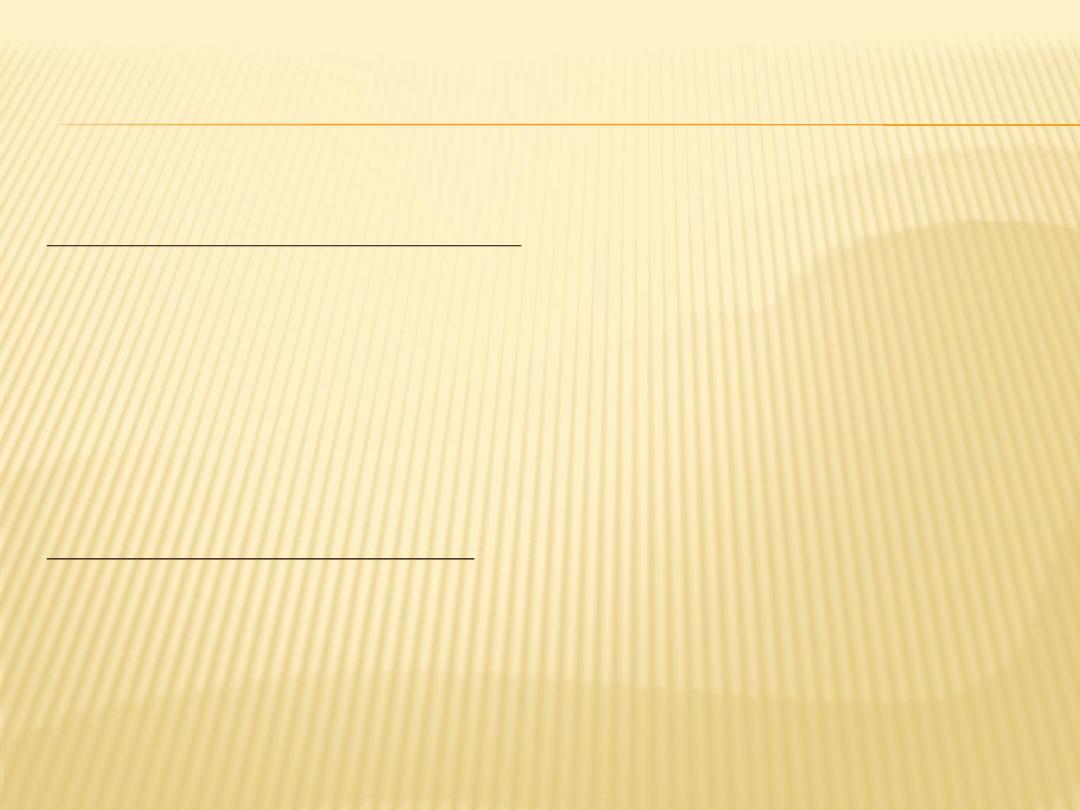
According to those function, a cerebellar dysfunction may lead to one or more
of the following:
Anterior and middle lobe dysfunction:
Hypotonia
Disturbances of Voluntary Movement (Ataxia)
Dysdiadochokinesia
Disturbances of Reflexes
Disturbances of Ocular Movement (pendular or jerky)
Disorders of Speech (dysarthria)
Lobe dysfunction
Flocculonodular
Postural Changes and Alteration of Gait
